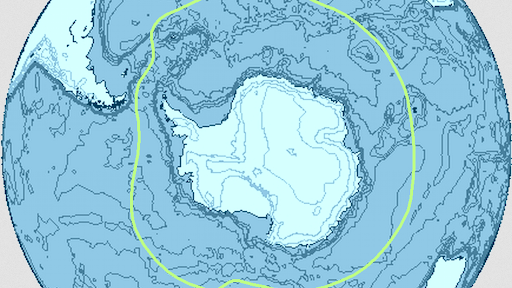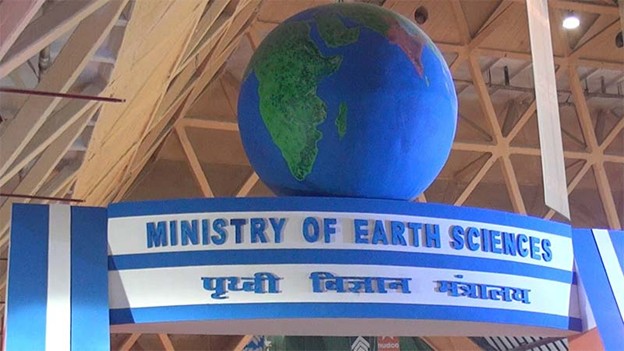Description
Copyright infringement not intended
Context:
As Lucknow rapidly evolves into a contemporary metropolis, environmental experts and locals are concerned about the fate of Lucknow's lifeline, the Gomti, which is facing a slew of urbanisation difficulties.

About Gomti River
- It is a tributary of the Ganges River that flows fully through Uttar Pradesh.
- The river is also known by the names Gumti and Gomati.
- The Gomti River is unique in that it receives both rainwater and groundwater; the other major Ganga tributaries in this region are snow-fed rivers that originate in the Himalayas.
- The river is approximately 900 km long.
- It drains a basin of approximately 7,240 square miles (18,750 square kilometres).
- The Gomti's major tributaries include the Sai, Chowka, Kathina, and Saryu rivers.
- Sultanpur, Lucknow, Jaunpur, and Lakhimpur Kheri are the major cities along the Gomti River's banks.
Courses and Origin
|
Origin
|
Gomat Taal (also known as Fulhaar Jheel), near Madho Tanda in Pilibhit district, Uttar Pradesh
|
|
Drainage Area
|
Area between the rivers Ramganga and Sharda
|
|
Flow Direction
|
Southwards
|
|
Major Districts Covered
|
Lucknow, Barabanki, Sultanpur, Faizabad, and Jaunpur
|
|
Confluence
|
Joins the River Ganga near Saidpur
|
Pollution Issues
- The Gomti River is contaminated at various locations along its 940-kilometre (580-mile) journey through Uttar Pradesh's alluvial plains.
- Pollution is mostly caused by industrial waste and effluent from sugar factories and distilleries, as well as household wastewater and sewage.
- The river and its tributaries, such as the Kukrail Drainage, accumulate huge amounts of human and industrial pollutants as they pass through an area of around 18 million people.
- High amounts of pollution endanger the Gomti's aquatic life. On July 25, 2008, they set the foundation stone for a sewage treatment plant with a capacity of 345 million litres (91,000,000 US gal).
- The facility, touted as Asia's largest, failed; in 2014, it was said to be operating at 10% capacity, and untreated sewage and solid waste entered the river beyond the plant (near Bharwara). The plant was designed to intercept the 23 primary natural drains that enter the Gomti.
Source: Hindustan Times
|
Practice Question
Q. What was the earlier name of the Gomti River?
(a) Sarayu
(b) Gomat
(c) Varuna
(d) Mandakini
Correct Answer: (b) Gomat
|










